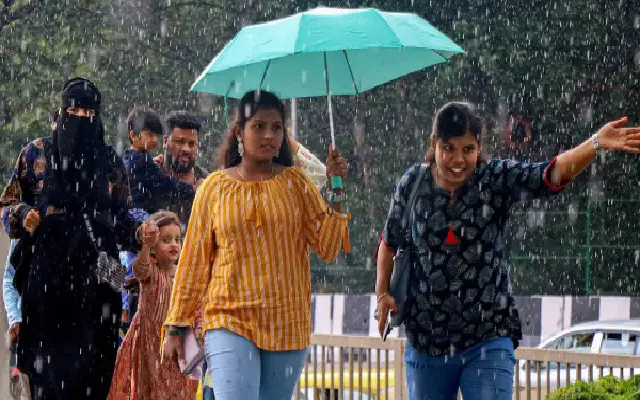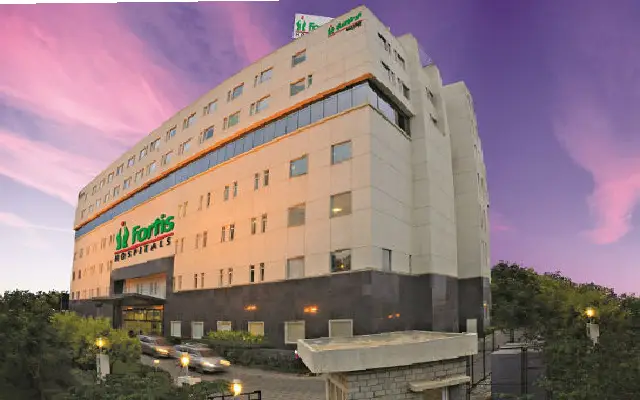Prakash Siddakatte
News Karnataka Media Networks
Mangalore: Netravathi River, the lifeline of undivided Dakshina Kannada district has remained cool and calm over the decades. Though she was seen in her full might a couple of times, she certainly did not cause as much trouble as during the deluge of 1928 and 1974 that wreaked havoc and unsettled lives in Bantwal.
The coastal residents have not experienced the severity of massive floods of the type that devastated Uttarkhand. The deluge took a toll of over 5000 lives and left over 20,000 missing while nearly 30,000 were saved.

The Meteorological department recorded 385mm rainfall in the beginning of June, 2013 which is four times more than average considering the previous record. In spite of the incessant rains which is indeed suspected to be key cause for massive floods, the mega structures, roads and hindrance to smooth flow of rain water led to landslides and disasters, thanks to reckless human greed.
In December 2012 the Ministry of Environment and Forests had banned building of new complexes along the banks of river. But,the order was ignored by the state government which passed a resolution against it.
Netravati, Phalguni are overflowing
Netravati River -the lifeline of coastal district originates in Balarayana Darga at Charmady, near Chikmagalur and merges with Kudremukh rivulet at Uppinangady and flows through the famous pilgrim place Dharmasthala and is considered as one of the Holy rivers of India reaches Mangalore and finally confluences in Arabian Sea. It’s the primary drinking water source for the citizens of Mangalore city. Netravati Bridge is serving as the gateway to Mangalore and has formed southern boundary for the city
Phalguni or Gurupura river which is also known as Kulur river originates in Western Ghats and flows through Guruvayanakere, further down Gurupur and Tannirbavi and joins Arabian Sea acting as northern boundary for the city.

The mighty river of pristine beauty has an apparent breadth of about 200 feet and flows in an area of about 1,400 square miles. A peek into the history of this river will reveal that there were several huge trees on either side of the river encumbered by large rocky masses chiefly of hornblende rock, containing spangles of mica and small garnets of beautiful pegmatite with flesh colored feldspar are seen in the beds of rivulets that have disappeared in the recent past.
Phalguni river flows through a region that offers a great deal of natural beauty. There are Chemical and Fertilizers companies along the river banks and the New Mangalore port (NMPT) at the north . The flow of the river has been restrained through construction of bundhs laid by farmers and mini dams by corporates, while none of them are bothered about the garbage that is accumulated deep in river basin.
The paddy cultivation space has been overtaken by mega buildings. The hillocks are vanishing and are converted into areca plantations by trees. Several mini hydroelectric projects have been set up along this river, causing damage to environment of this ecologically sensitive region. Shockingly many more projects are in the planning stages. Of late, a controversy too has sparked off owing to a proposal to change the course of the river.Even the politicians are favouring the project least bothered about the consequences on human beings and environment. According to some experts changing the path of the river might lead to unforeseen environmental disasters.
The coastal residents known as intellectuals seem to have lost sense of nature’s beauty. The recurring floods that occur in the state and nation are labeled as nature’s fury without bothering about the factors that have led to the disaster. It seems man made disasters are leading to natural calamities.
Need to move beyond“All dams are bad’ philosophy.
The greens allege that local administrations and government are least concerned about environment and seem to be colluding with land and construction mafia to skim off profits from construction.
Everyone wants development, but at what cost? What would be the casualties? Who would listen to the victims? None oppose industrialization that has to be in equilibrium with nature. The environmentalists are not against construction of dams. We really need to move beyond this “All dams are bad’ philosophy. But, how many dams, hydroelectric power plants can be laid along the river-10 or 60? More importantly, there is no clear cut policy on dams, and no thought as to how dams should be built, where, or how… ?

Reports state that in many states, the local units of National Disaster Authority have not met in the recent past. It has either not received funds or has not framed modalities to cope with disasters. There is no foresight in anticipating imminent dangers from natures’ fury.
What could one gain, by seeking the divine intervention in case the rivulets across the coastal district swell to show their might on hapless humans? At this juncture, the local organizations, government, environmental organizations and all those who advocate development have to sit together to chalk out an action plan. If not, a tragedy similar to Uttarkhand is imminent in the nearest future.


















